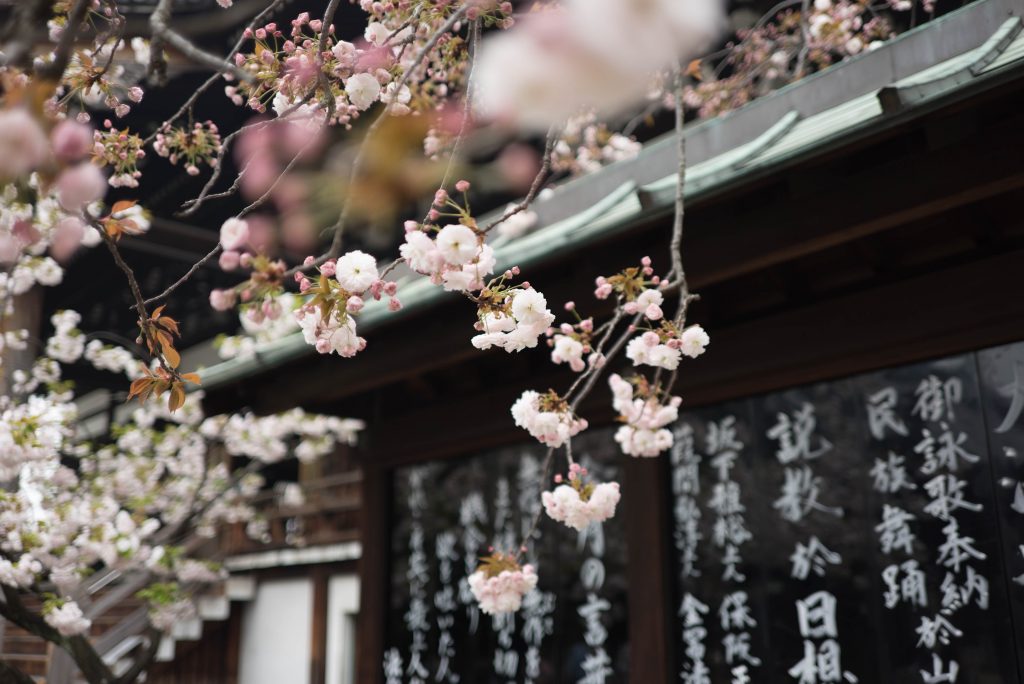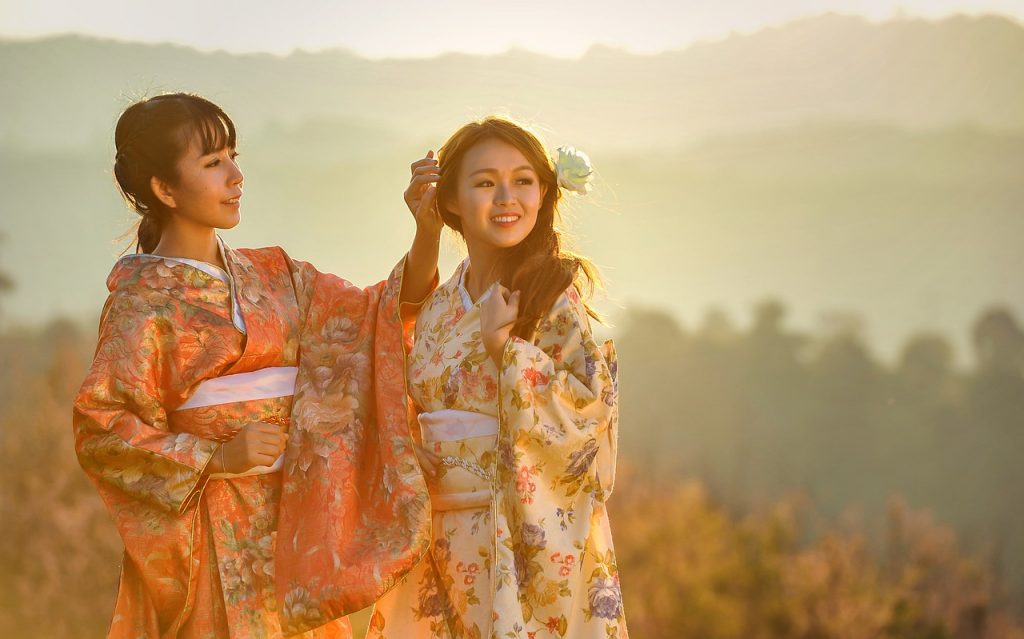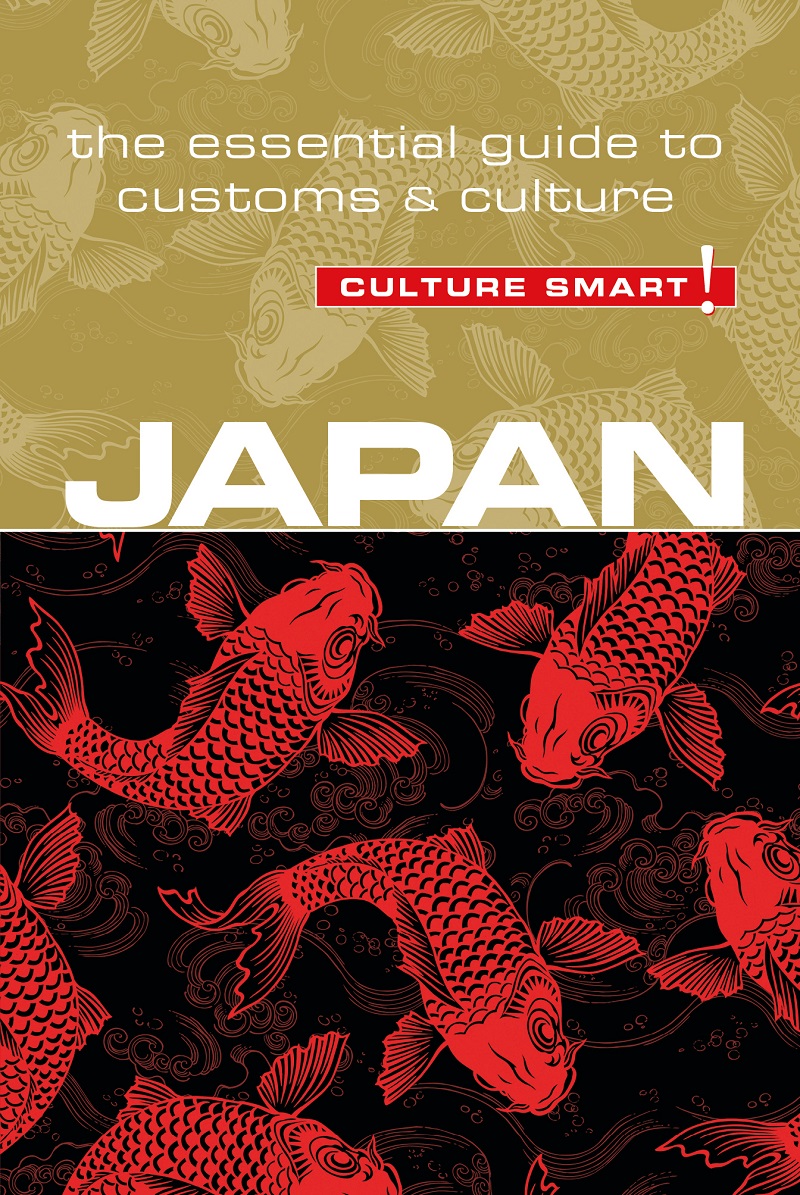Blogger, Kate Lovatt, writes about her travel experiences in Osaka, Japan.

In a world full of curious people, we all have lists (however small or large) of countries we’d like to visit during our lifetimes. If you ask most people, they can pinpoint the country at the top of their bucket list in a heartbeat. For me, that’s always been Japan.
At thirteen, I fell under Japan’s spell after discovering manga, Edo period architecture and sushi. Since then, there’s never been any country I’ve wanted to visit more, and last October I made it happen. By signing up to a brilliant website called Workaway, which pairs volunteers with hosts in countries all across the world, I had the chance to choose from a huge variety of volunteering jobs. You can be a language café assistant in South Korea, a tutor in the USA or a goat farmer in Norway. I’m not joking; one of my friends went to be a goat farmer and loved it. I decided to volunteer in a Peace House in Osaka, and at the beginning of October, after months of planning, I flew out to chase the adventure I’d so desperately sought.
But even months of planning can’t always prepare you for the vast differences between Japanese and Western culture – as I quickly learned. One of the first differences I encountered was the Japanese etiquette towards shoes. Whenever Japanese people enter a house (or a number of temples), they take their shoes off and leave them at the entrance, without exception. This isn’t so different to most houses in the UK, but chances are you won’t be gently backpedalled out the door if you leave them on. A Japanese host won’t do that either (they’re far too polite), but they will likely be surprised and make gentle (if insistent) requests for you to take them off.
The Peace House I was staying at in Osaka had an entryway complete with shelves just for shoes. While I was there, we had one visitor who didn’t know about the footwear etiquette and came into the tatami-floored living room with his sandals on. Tatami mats can be hard to clean (trust me I vacuumed it most days) and he was quickly ushered back into the entrance (by yours truly) and was asked to take his shoes off. After a brief explanation of why it was necessary he spent the next three hours apologising at regular intervals.
But, while taking your shoes off is also a normal endeavour in the West, bowing is a very different story. Bowing is an intrinsic part of Japanese culture and is learned by children from a very young age. The angle and height of a bow signify the level of respect towards another, with a lower bow denoting more respect. So if you were attending a business meeting, it wouldn’t be surprising to see 90° bows being exchanged between individuals, but in informal situations, a small bow or dip of the head would suffice.

In a store, for example, shop owners don’t expect you to bow to 90 degrees and most would probably be quite surprised if you did. I can say this with some certainty after having spent a lot of time shopping for gifts over the Christmas period. I enjoy bowing because I find it to be a remarkable way of showing respect, but I’ll be the first to admit that, initially, my technique was abysmal. I wasn’t sure how low or how long to bow for and at one point, I ended up in a bow-off with a retail assistant because I didn’t know when was polite to stop. The two of us took turns bowing to each other until (about 40 seconds later) I realised she was waiting to give me one final bow before I left the store. Oops. Thankfully I never repeated this mistake and my technique improved greatly. Since returning to the UK, I’ve actually had to stop myself from bowing (at least six times) because I became so used to it.
Although bowing and removing shoes are important customs to understand and put into practice daily, I found they were quite simple tasks compared to visiting an onsen, which was much more exciting but demanded a higher level of cultural knowledge. An onsen is a Japanese public hot spring or bathing house where people go to relax, get away from work, and break down social barriers. The main difference between an onsen and a swimming pool is that onsen are used for soaking rather than swimming. Oh, and everyone is naked. That’s right, no clothes at all. It sounds like a daunting process, but for Japanese people it’s a standard part of life. Most onsens segregate women and men’s bathing areas and it’s customary to wash before and after entering the springs to preserve sanitation.
I’ve always been interested in onsens (primarily because we don’t have anything remotely similar in the UK) and couldn’t leave Japan without trying something so integral to the country’s culture. So I found one in Osaka and went to bathe. That afternoon was one of the most rewarding and liberating moments of my life. Seeing the human body in all shapes and sizes reminded me that beauty is in all of us, and appearance doesn’t really matter when you’re enjoying a gentle breeze, hot spring water, and nature at its wildest. I also felt perhaps the most relaxed I’d been in years; I can’t confirm for definite, but I think I may have added 5 years to my life.
Not only are leisure activities different, but holidays differ vastly too. Christmas Eve is a day for couples to go out and spend time with each other, and Christmas Day itself isn’t actually a national holiday. In some ways, Christmas Day and New Year’s Eve/Day are in Japan are the reverse of the UK; Christmas is more of a time for having parties and New Year is for family. On Christmas Day most organisations and businesses are open as normal, but all close on New Year’s Day so families can spend time together and visit shrines.
Visiting shrines is a huge New Year’s Day tradition and it is commonplace to see huge crowds flocking to local shrines at 1am, 2am or even 4am to pray for good fortune for the coming year. Trains run later and the streets are bustling with excitement, and as I walked with friends to the biggest shrine in Osaka, Sumiyoshi Taisha, I couldn’t help but feel that I was witnessing something truly extraordinary.
My usual New Year’s plans involve watching the London fireworks with family and then heading to bed at the rather tame hour of 12.30am. By comparison, this was the most exciting New Year I’d ever experienced. The weather was ice cold, but that didn’t stop hundreds of people, including our group, from lining the streets and queueing to enter the Sumiyoshi Taisha. The walkway to the entrance was bustling with street food stalls selling all manner of delicious snacks and the mood was jovial. Once inside we said a prayer at one of the smaller shrines (which is usually done by tossing a coin into the box at the front and clapping your hands twice) then went to get our fortunes. A Japanese ‘fortune’ is a small piece of paper you can purchase for approximately 200yen (about £1.70) which will predict events in your year ahead and give you advice. There are different levels of fortune too: very good fortunes, good ones, mediocre, bad and ‘big bad’ (this is the literal translation). I know this because my Japanese friends, upon reading my fortune, gasped, laughed, and told me I had the ‘big bad’. Great.
But a bad fortune doesn’t have to be a terrible thing; many Japanese people who receive bad fortunes, use them as motivation to overcome any hardships during the next year and strive for success. Feeling inspired by this positivity, I decided to do the same. In this way, being in Japan not only taught me new things about their incredible culture but also about myself. And while some aspects of Japanese culture are very different to western culture, I think there’s a lot we could learn from their humble and respectful lifestyle.

Author: Paul Norbury
Price: £7.99 [25% off with code CSLAUNCH]
Link: http://culturesmartbooks.co.uk/shop/index.php?route=product/product&product_id=95